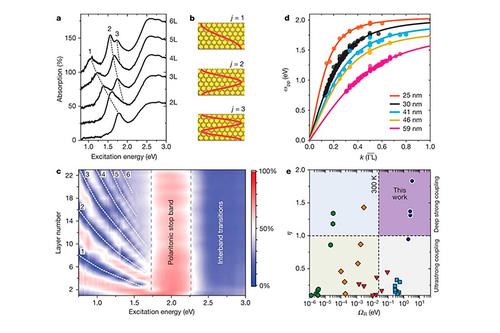Strongest Coupling of Light and Matter by Synthetic Gold Crystals
Research teams led by physics professor Stephanie Reich of Freie Universität Berlin showed that crystals of tiny gold spheres bind light. The new material shows the strongest coupling to light reported so far. In future, it can be used for computers that operate with light. The findings of the research were published in the most recent issue of Nature.
News from Jul 30, 2020
Scientists at Freie Universität Berlin, Universität Hamburg, and Universidade Federal do Ceará in Brazil showed that synthetic crystals of tiny gold spheres, so-called nanoparticles, bind light. Inside the crystal, a beam of light becomes a mix of light and matter, in this case, excited gold electrons.
Theoretical physicists have studied systems that extremely strongly couple with light for years, but synthesizing them proved difficult and expensive. “We designed a very simple system. The exotic conditions for light emerge naturally while the crystal forms,” says Stephanie Reich.
With the new method, scientists want to synthesize more materials by changing the microscopic crystal structure and to fabricate materials with various properties from one building block. They aim to develop materials in which two light quanta interact. That will be a key material for an optical information technology that works with light. This technology will require less energy than our current solutions and will allow revolutionary concepts like quantum computing.
Keywords
- Dr. Niclas Müller
- Focus Area Nanoscale
- gold nanoparticles
- light–matter coupling
- nanoparticle crystals
- nanophysics
- Nature
- professor Stephanie Reich


